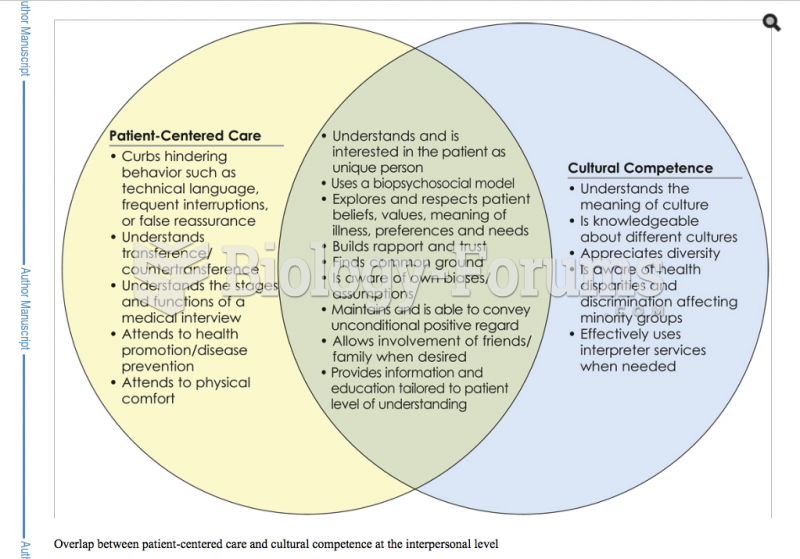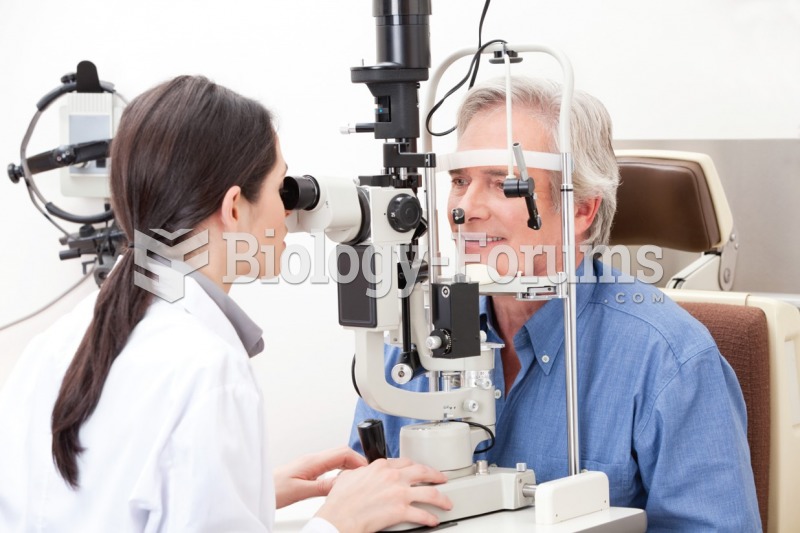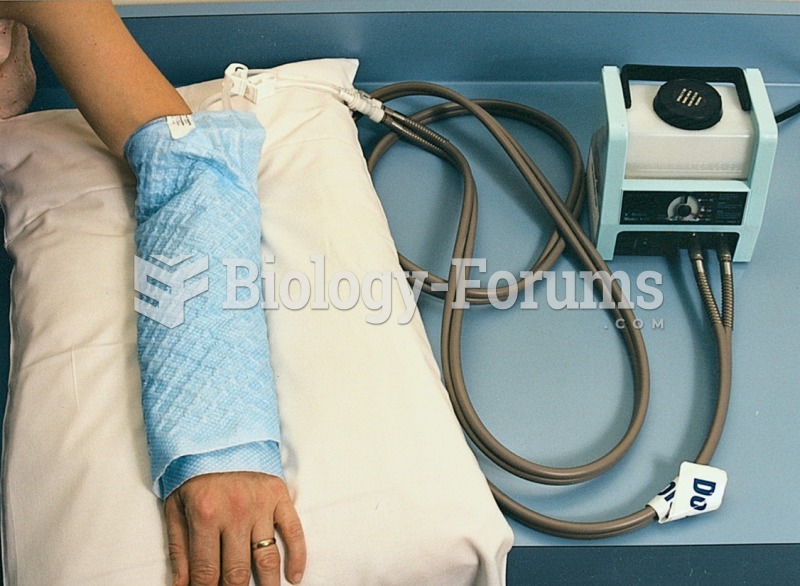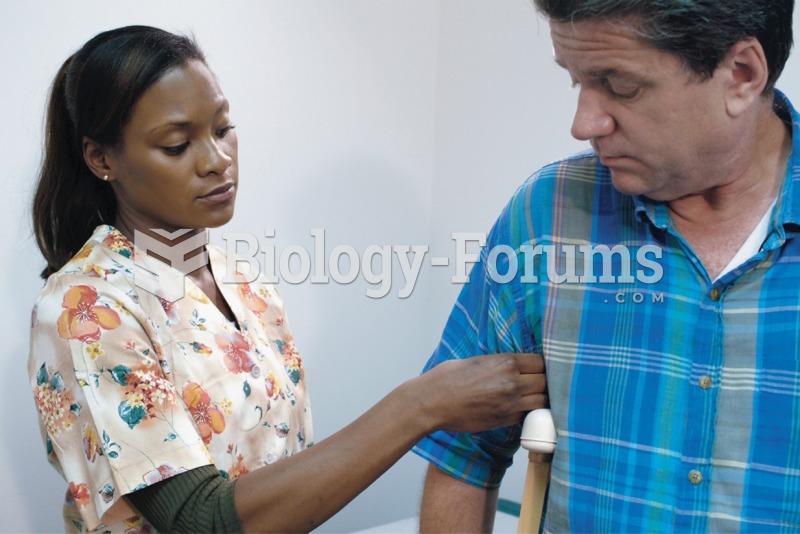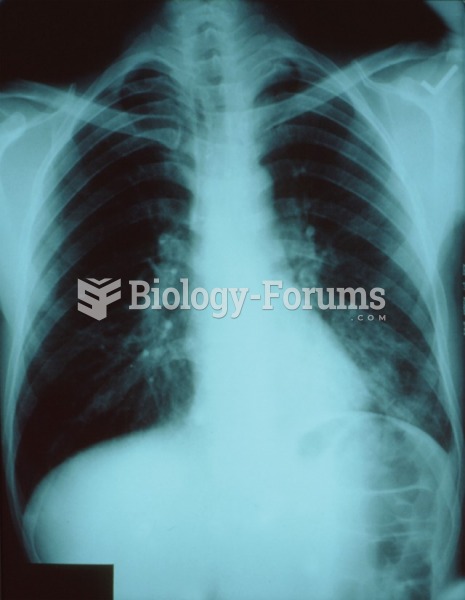|
|
|
According to the American College of Allergy, Asthma & Immunology, more than 50 million Americans have some kind of food allergy. Food allergies affect between 4 and 6% of children, and 4% of adults, according to the CDC. The most common food allergies include shellfish, peanuts, walnuts, fish, eggs, milk, and soy.
Human stomach acid is strong enough to dissolve small pieces of metal such as razor blades or staples.
The most common childhood diseases include croup, chickenpox, ear infections, flu, pneumonia, ringworm, respiratory syncytial virus, scabies, head lice, and asthma.
In the United States, there is a birth every 8 seconds, according to the U.S. Census Bureau's Population Clock.
Malaria was not eliminated in the United States until 1951. The term eliminated means that no new cases arise in a country for 3 years.



